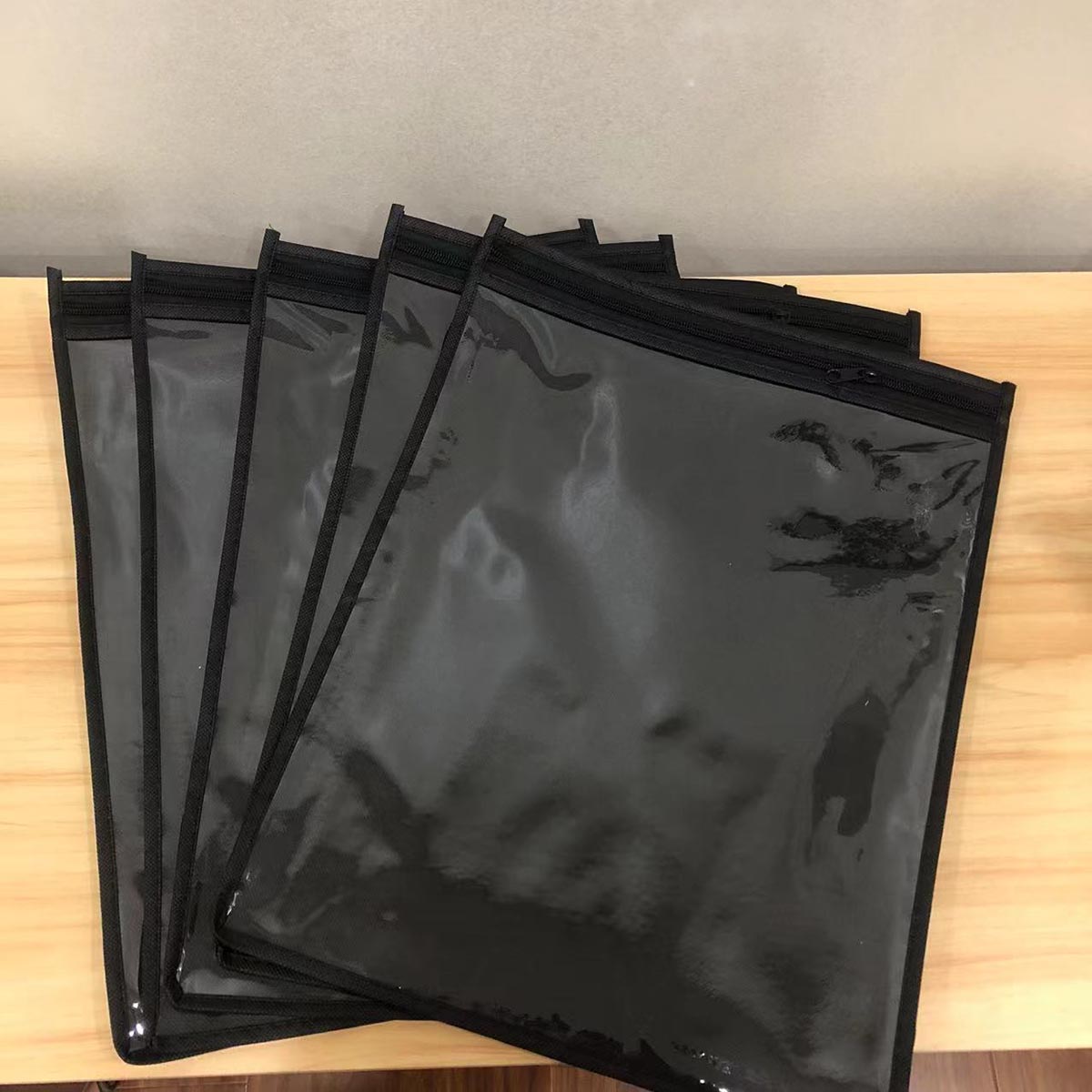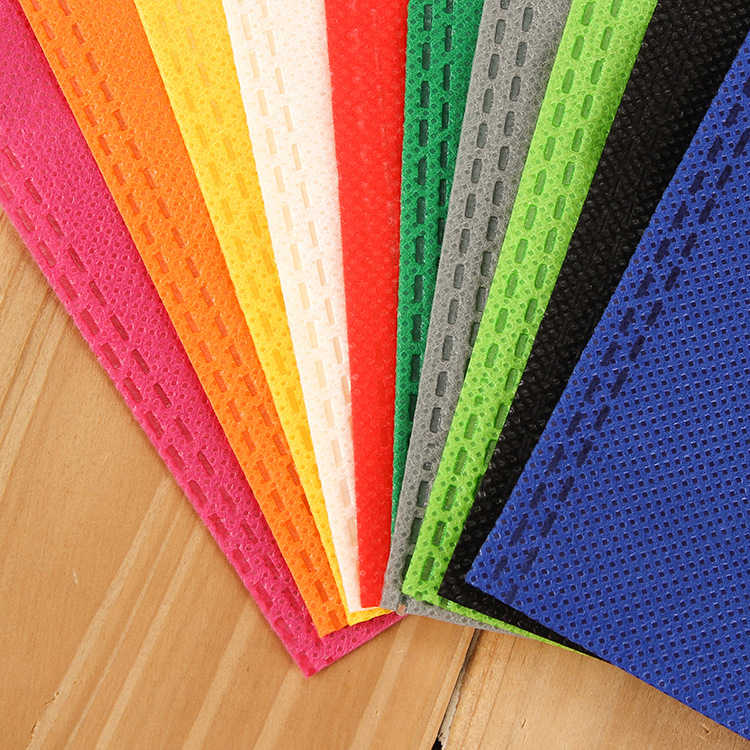Packaging today is more than a protective layer—it’s a brand statement. In the fashion world, how a product is presented can shape perception long before the garment is touched. With sustainability and design now central to retail strategy, custom non-woven garment bags are gaining momentum as a practical, reusable, and brandable solution for apparel packaging.
What Are Custom Non-Woven Garment Bags?
Non-woven garment bags are made from bonded polypropylene fibers, forming a soft yet durable fabric that doesn’t require weaving or knitting. This manufacturing process not only makes them cost-effective but also allows for excellent flexibility in terms of texture, thickness, and strength. The result is a packaging solution that is breathable, protective, and customizable across multiple dimensions.
These bags are commonly used to store or present apparel items such as jackets, suits, dresses, shirts, and uniforms. Depending on the design, they can be tailored to offer different features: some include a drawstring for simple closure, others come with handles or shoulder straps for easy transport. There are also versions designed with zippers, windows, or custom inserts to cater to specific presentation needs.
From small-scale boutique shops to large-volume manufacturers, non-woven garment bags serve multiple purposes. In storage, they protect items from dust, moisture, and wrinkling. In retail, they act as carriers that enhance the purchasing experience. In logistics, they offer compactness and consistency for bulk movement. Their non-toxic, recyclable composition also appeals to the growing segment of customers who prioritize sustainable consumption.
The material’s porous nature allows garments to breathe—an important feature, especially for clothing that may be stored over long periods. Unlike plastic, which can trap humidity and cause mildew, non-woven fabric maintains airflow while shielding items from direct contact with contaminants.
Why Fashion Brands Are Embracing Non-Woven Packaging
The shift toward non-woven packaging in fashion is part of a larger move toward sustainability, value-based branding, and premium presentation. Gone are the days when clothing was packed in single-use plastic or thin paper sleeves with no consideration for environmental or branding impact. Today, every detail is scrutinized—especially by younger, more discerning consumers who expect more from the brands they support.
Environmental awareness is one of the strongest drivers. Governments and municipalities across the globe are cracking down on plastic waste. From Europe’s single-use bans to Asia’s green manufacturing incentives, fashion companies are being pushed—both by policy and by public opinion—to minimize their environmental footprint. Non-woven bags, being recyclable and reusable, naturally align with these expectations. They serve as a visible indicator that a brand is actively reducing waste.
Then there’s the question of perception. Packaging is often the first physical touchpoint between a customer and a product. A thoughtfully designed non-woven garment bag creates a sense of intention and care. It suggests that the product inside is valuable and worthy of presentation. This isn’t just about functionality—it’s about marketing psychology. If a suit arrives in a sleek, branded, structured bag instead of a clear plastic wrapper, it instantly gains perceived value, regardless of its actual retail price.
Additionally, non-woven bags extend a brand’s reach well beyond the point of sale. Many consumers retain these bags for future use—whether to store clothing, transport items, or even gift other apparel. With each reuse, the brand receives additional exposure. In a world of rising advertising costs, this organic visibility can be an unexpected but welcome bonus.
Finally, cost-efficiency plays a role. Though more expensive than single-use alternatives upfront, the reusability and durability of non-woven bags make them a sound investment. They reduce the need for secondary packaging and can consolidate branding, protection, and customer experience into a single component.
Customization Options: Design, Size, Color, and Branding
One of the reasons non-woven garment bags have gained so much popularity in fashion and retail is their incredible versatility. They aren’t limited to preset templates or standardized sizes. Instead, they can be tailored to a brand’s exact needs—from function to aesthetics.
Size is the most immediate consideration.
From compact 15×10 cm pouches designed for scarves or ties to oversized 45×55 cm bags meant for coats or suits, the range is wide. Brands with diverse product lines often opt for several standard sizes to match different garment categories. This ensures the packaging never feels too tight or too loose, avoiding unnecessary folding or space waste.
Color choices allow for deep brand alignment.
Minimalist labels may choose matte black, white, or neutral tones to reflect their refined image. In contrast, youth-oriented or streetwear brands often opt for vibrant colors like cobalt blue, bright red, or custom Pantone shades. The ability to match the bag’s tone with seasonal campaigns or limited-edition lines makes it a dynamic branding tool.
Printing and finishing techniques further enhance uniqueness.
Popular options include:
- Silkscreen printing, which is ideal for bold logos or text.
- Heat transfer, suitable for complex, full-color designs or photographic elements.
- Glossy or matte lamination, which adds a protective sheen and enhances visual depth.
- Embossed logos or stitched-on tags, for a tactile, luxury finish.
Some brands even add barcode labels, transparent ID windows, or QR codes that link to digital content. These extra touches transform the bag into an interactive marketing channel. But it’s important to remember that pricing will vary depending on logo complexity, bag size, material thickness, and printing method. That’s why pre-order consultations with the supplier are crucial—not just for cost estimation but for optimal design execution.
Functionality That Serves More Than One Purpose
Non-woven garment bags are not only visually appealing—they’re also engineered for performance. In a supply chain that demands both efficiency and presentation, this kind of packaging must meet a variety of practical needs.
Durability is key.
Higher GSM (grams per square meter) ratings—typically 90g to 120g—indicate stronger, more resilient materials. These thicker fabrics can withstand frequent folding, handling, and transport without tearing or deforming. Whether it’s carried in a customer’s hand or stacked in a warehouse, the bag maintains its structure.
Closures are customizable as well.
Some garments need simple drawstring closures to keep dust out. Others require zippers to offer a premium feel and added protection. Carry handles can be short or long, stitched or heat-sealed, and designed to support the weight of heavy items. For shoulder-carry convenience, backpack-style straps can be integrated.
Breathability is another overlooked feature.
While plastic suffocates fabric and traps moisture, non-woven bags allow airflow. This makes them suitable for temporary or long-term storage. Items stay fresh, especially when stored in climate-controlled environments such as showrooms or distribution centers.
Foldability and compact storage matter too.
These bags can be stored flat, saving space in warehouses or retail backrooms. For shipping purposes, they reduce volumetric weight, which is a cost factor in international logistics. They are typically packed in sets of 10 within polybags, making inventory tracking and distribution more manageable.
Reusability is a lasting benefit.
A bag that lasts through multiple uses adds value not just to the customer but to the brand. Some customers keep them for months or even years, using them as wardrobe storage, garment carriers, or household organizers.
Application Scenarios: From Boutique to Bulk
Non-woven garment bags are seen across the fashion industry, from designer ateliers to mass-market retailers. Their adaptability makes them useful in various business models and stages of the supply chain.
In brick-and-mortar stores, these bags enhance the buying experience. When customers receive their purchase in a branded, reusable garment bag instead of a plastic carrier, the brand feels more elevated. This is especially powerful in boutique settings, where details are everything.
E-commerce operations benefit from them as well. Instead of arriving in bubble wrap or plain mailers, garments can be shipped inside protective non-woven bags. This not only adds a layer of protection but also creates a satisfying unboxing experience. In many cases, customers associate premium packaging with a higher-quality product.
Event and promotional use cases are widespread. From trade shows and fashion weeks to product launches and gifting campaigns, these bags serve as both container and keepsake. Branded with the event logo or campaign slogan, they become part of the marketing collateral.
Behind the scenes, they’re used in warehouses and showrooms. When garments are moved between facilities or staged for retail display, non-woven bags keep them clean, organized, and presentable.
In luxury and made-to-measure contexts, the bag becomes almost as important as the garment. Custom suits, evening gowns, or rental attire are often handed over in a branded garment bag that functions as an extension of the purchase—one that the customer is encouraged to keep.
Final Thoughts
Custom non-woven garment bags are more than just protective covers. They are carriers of brand identity, sustainability statements, and customer experience. In a competitive industry where differentiation often hinges on presentation, these bags help brands stand out while staying responsible.
Whether you’re scaling a fashion startup, launching a new product line, or refreshing your packaging strategy, consider how non-woven bags can align function with image. When done right, they don’t just hold clothes—they hold attention.
To explore size options, material types, or logo printing possibilities for your next garment packaging project, contact us at candy@kayaol.com.





 We like to do design according to all the customers' requirements, or offer them our new designs. With strong OEM/ODM capabilities, we can fill your sourcing demands.
We like to do design according to all the customers' requirements, or offer them our new designs. With strong OEM/ODM capabilities, we can fill your sourcing demands.